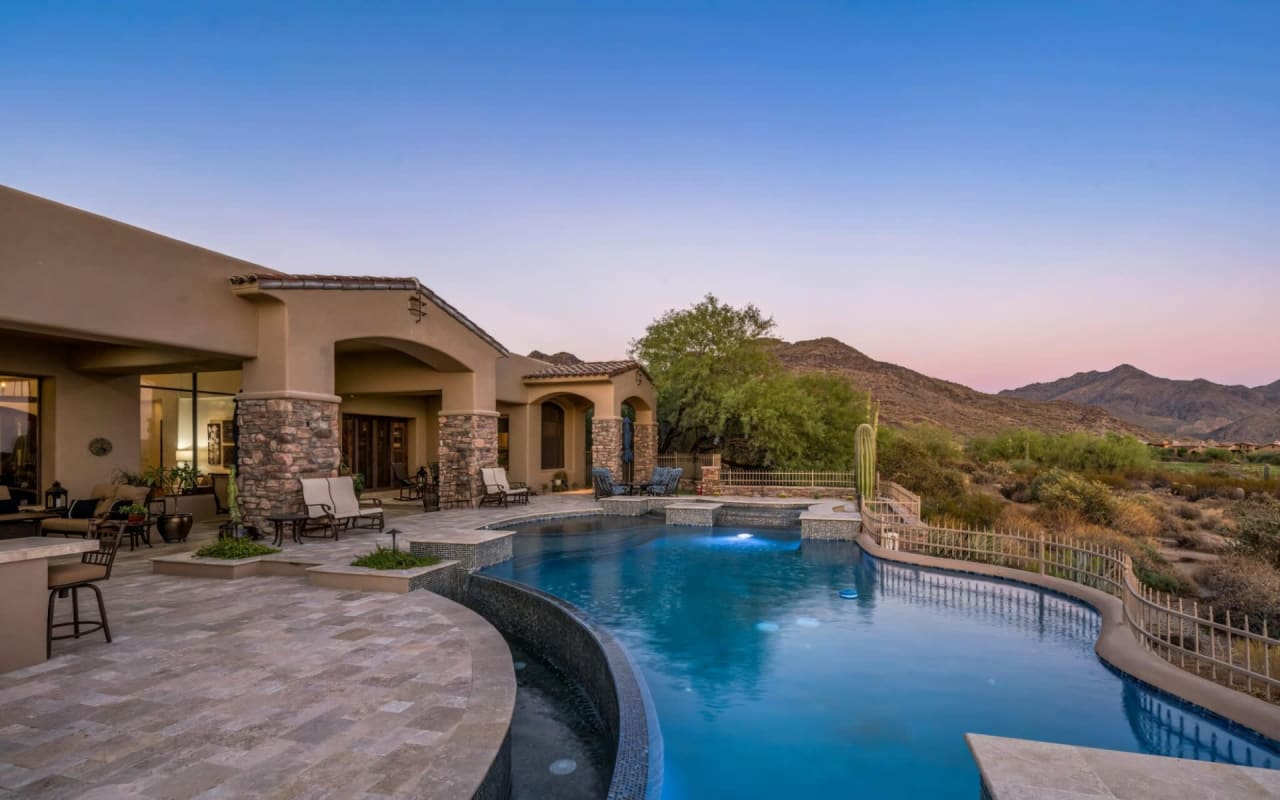
6 Latest Trends in Luxury Real Estate Development in Scottsdale
- Matheson Real Estate Team
- 04/26/24
Desert living redefined: Navigating the trends in Scottsdale's luxury real estate market.
Read MORE
The Scottsdale Ultra-Luxury Market: What You Need to Know
- Matheson Real Estate Team
- 04/26/24
An ultimate guide to finding a beautiful home in Scottsdale.
Read MORE
The Future of Ultra-Luxury Real Estate in Scottsdale
- Matheson Real Estate Team
- 04/26/24
Embracing new horizons.
Read MORE
What Your Real Estate Agent Can't Tell You
- Don Matheson
- 04/22/24

Are You Ready to Stop Renting and Buy? Here's How to Tell
- Don Matheson
- 04/15/24

5 Things to Ask Yourself Before You Buy a Vacation Home
- Don Matheson
- 04/1/24